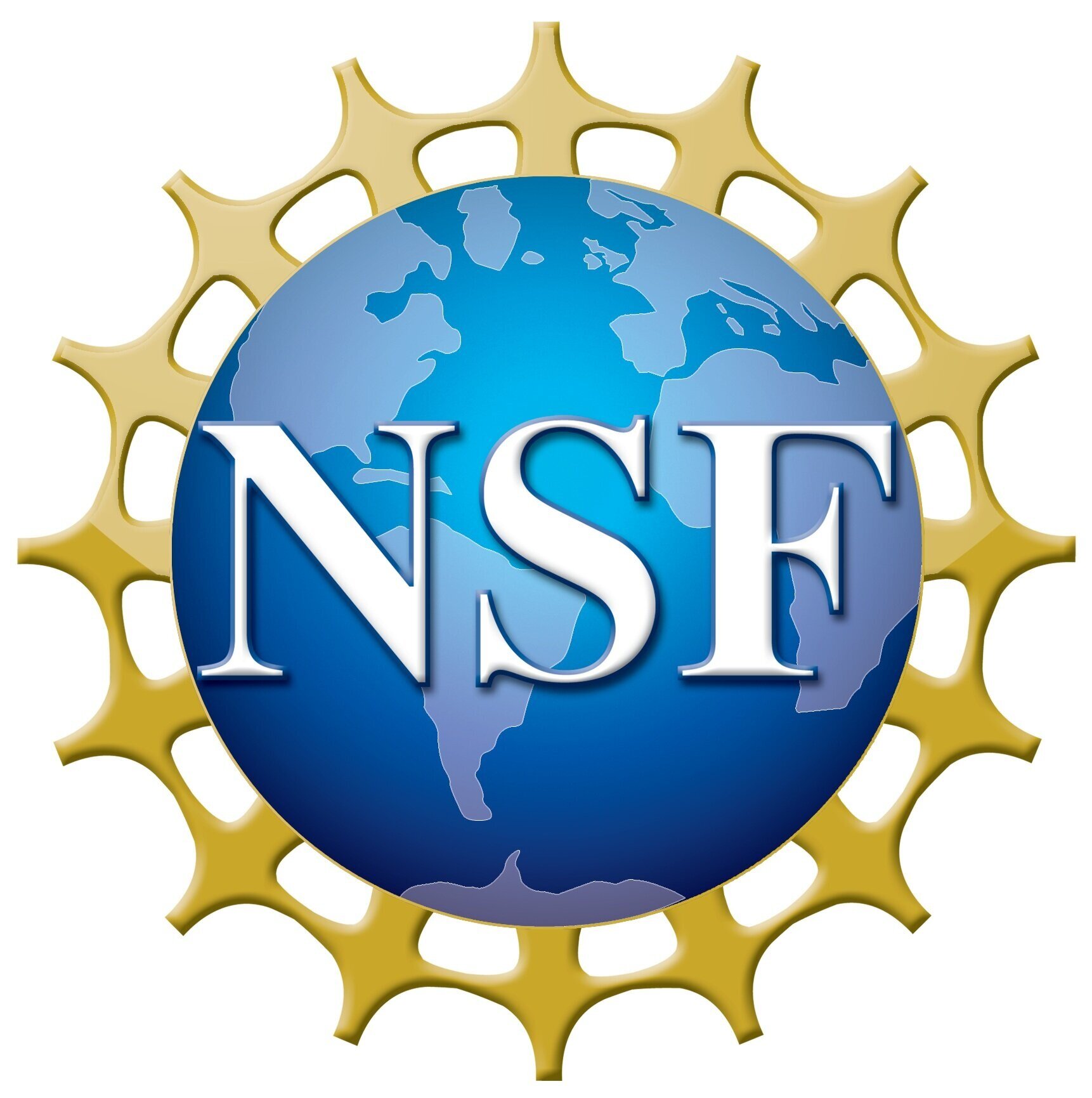The Kentucky Multiscale-Manufacturing NNCI Site, UofL Dept. of Electrical and Computer Engineering, and the Speed Research and Scholarship Committee are honored to jointly sponsor this seminar.
FREE PIZZA @ 11:45am - Shumaker Research Bldg. Room 139
SEMINAR 12:00 to 1:00PM
by Philip Feng, Ph.D. - Electrical Engineering, Case School of Engineering, Case Western Reserve University
Atomically-thin crystals derived from new classes of layered materials have rapidly emerged to enable two-dimensional (2D) nanostructures with unusual electronic, optical, mechanical, and thermal properties. While graphene has been the forerunner and hallmark of 2D crystals, newly emerged compound and single-element 2D semiconductors offer intriguing attributes beyond graphene’s (e.g., including sizeable and tunable bandgaps covering a wide spectrum with technological importance). In this talk, I will describe my research group’s latest efforts on investigating how mechanically active atomic-layer semiconducting nanostructures interact with optical and electronic interrogations, and on engineering such structures into ultrasensitive transducers and ultralow-power signal processing building blocks. I will show the demonstrations of highly tunable multimode resonant 2D nanoelectromechanical systems (NEMS) and vibrating-channel transistors using single-layer and few-layer transition metal di-chalcogenides (TMDC), with both optical and electrical readout. I will describe spatially mapped mode shapes and Brownian motion detection in these atomic-layer multimode nanoresonators at room temperature, along with the device physics and coupling effects that govern the signal transduction. I shall then demonstrate black phosphorous 2D devices that exploit the crystal’s unique and strong intrinsic anisotropy. Finally, I will discuss the potential toward emerging applications, including ultrasensitive detection in fundamental studies, ultralow-power transducers, and 2D nanosystems.
Short Bio
Philip Feng is currently an Associate Professor in Electrical Engineering at Case School of Engineering, Case Western Reserve University (CWRU). His group’s research is primarily focused on emerging nanoscale devices and integrated microsystems. He received his Ph.D. from Caltech in 2007 for developing ultra high frequency (UHF) nanoelectromechanical systems (NEMS) with low-noise technologies for real-time single-molecule sensing. His recent awards include a National Science Foundation CAREER Award, 3 Best Paper Awards (with his advisees, at IEEE NEMS 2013, IEEE Int. Freq. Control Symp. 2014, and AVS Int. Symp. 2014) out of 8 nominated Finalists for Best Paper Award Competitions, and a university-wide T. Keith Glennan Fellowship. He is also the recipient of the Case School of Engineering Graduate Teaching Award (2014) and the Case School of Engineering Research Award (2015). He was one of the 81 young engineers selected to participate in the National Academy of Engineering (NAE) 2013 U.S. Frontier of Engineering (USFOE) Symposium. Subsequently, he was selected to receive the NAE Grainger Foundation Frontiers of Engineering (FOE) Award in 2014 (two recipients in the nation). He has served on the Technical Program Committees (TPC) for IEEE IEDM, MEMS, Transducers, IFCS, and other conferences, and is the TPC Chair for the American Vacuum Society (AVS) MEMS/NEMS group and program. He is a Senior Member of IEEE, and a member of APS and AVS.
Related References:
1. Wang, Jia, Feng, et al., “Resolving and Tuning Mechanical Anisotropy in Black Phosphorus …”, Nano Lett. 16, 5394-5400 (2016).
2. Lee, Wang, Feng, et al., “High Frequency MoS2 Nanomechanical Resonators”, ACS Nano 7, 6086-6091 (2013).
3. Wang, Lee, Feng, “Spatial Mapping of Multimode Brownian Motions…”, Nature Communications 5, 5158 (2014).
4. Yang, Islam, Feng, “Electromechanical Coupling & Design Considerations in Single-Layer…”, Nanoscale 7, 19921-29 (2015).
5. Yang, Zheng, Feng, et al., “Multilayer MoS2 Transistors Enabled by a Facile Dry-Transfer Technique…”, Journal of Vacuum Science & Technology B 32, 061203 (2014). (Cover Article, Editor’s Pick, ‘Most Read’ of the Month)
6. Wang, Jia, Feng, et al., “Black Phosphorus Nanoelectromechanical Resonators…”, Nanoscale 7, 877-884 (2015).
7. Yang, Wang, Feng, et al., “Electrical Breakdown of MoS2 Transistors…”, Nanoscale 6, 12383-12390 (2014).
8. Wang, Lee, Feng, et al., “Embracing Structural Nonidealities in 2D…”, Scientific Reports 4, 3919 (2014).




